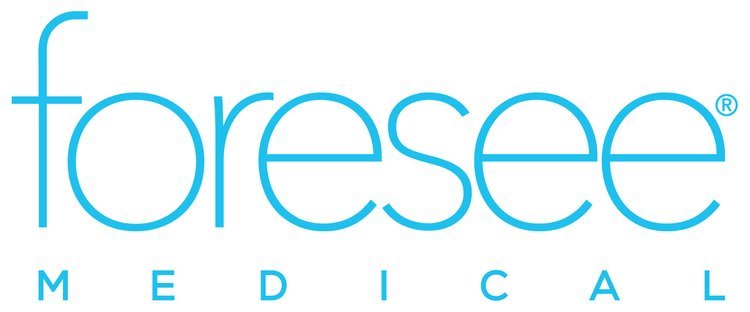Advantages of Evolving to Concurrent Coding Review
In the healthcare industry of today the uncomplicated process of medical coding charts has ended. Coding patient records has become more difficult, and due to the intricacy of the coding process, many healthcare organizations, including some of the most progressive ACOs, are moving toward concurrent coding. The gravitation toward concurrent programming is an effort to more accurately capture patient conditions, streamline the RCM coding process, and ensure timely reimbursement. It is critical that coding professionals capture accurate patient conditions and mortality risk, as these factors directly impact organizations’ quality and value-based care goals.
Concurrent coding is when a medical coding team matches the medical coding charts of patients currently in the hospital or clinic, in real time to the proper diagnosis codes. Coding in the hospital or clinic speeds up the billing cycle and enables the medical coding team to prevent getting behind in coding patients and relying on coding after the patient has been discharged. The process often involves collaboration between the clinical documentation specialist, oftentimes called the CDS, and the coding professional, to support in data capture while the patient is still in-house. The process of concurrent coding will differ depending on whether the organization uses an EHR system, a paper-based record, or some kind of hybrid of both.
Each organization will need to think about the best concurrent programing approach to their individual hospital workflow. A strong alliance between the CDS and the RCM coding professional is the ideal partnership for capturing the most accurate data. The coding expert’s knowledge in combination with the clinical expertise of the CDS, enables the concurrent coding process to reach its desired potential. Some software vendors today offer solutions that allow the physicians to get clinical decision support related to patient disease burden at the point of care, integrated into the EHR system.
The Advantages
Transitioning from a retrospective coding review process to concurrent coding has many upsides. Here are just a few benefits of concurrent coding and also some ideas on how your organization can begin your own change to concurrent programming.
Medical necessity management
A reduction in medical necessity denials will be apparent as the concurrent coding process allows for real time examination of patient treatment. The CDS and coding professional can ensure documentation is evidence-based and accurate in the patient record.
Length of stay issues
Medical coding charts concurrently will allow for higher quality assessment of extended length of stay issues for patients in certain diagnosis groups. This can create better facility resource management and benefit patient care. A coding in the hospital approach will also put focus on anomalies in the data related to patient conditions, since these almost always create negative effects on reimbursement payments.
Better case management
Concurrent coding in hospital settings or clinics provides better data for the electronic health record systems. This allows case management to quickly and more proactively follow up on treatment plans, lessening the care gaps patients often experience upon discharge.
Faster processing of final coded records
During the concurrent coding process, a coder is typically assigned to a patient from admission to discharge. The medical coding charts are reviewed and coded over a set period of time, usually two to three days, adding additional information into the coding system, and looking out for any gaps in the documentation. When the patient is finally discharged, most of the coding in the hospital or clinic has already been done and the coding professional is aware of the record. This greatly decreases the amount of time for final coding. In addition, if a query is needed, the coding professional can work directly with the CDS to update the patient record as needed while the patient is still being treated. This lessens the time it takes for a query to be answered retrospectively.
Disease management
With concurrent programming, hospitals and clinics will be able to identify trends in infections or diseases of concern in real time, rather than trying to identify issues retrospectively. Facility quality scores improve since it encourages proactive clinical management.
How to Progress to Concurrent Coding
Concurrent coding has been shown to accelerate claims payment and improve cash flow, but as with any program change, the move to concurrent coding can present challenges for organizations as well. The CDI staff and coding staff must build a productive relationship as their collaboration is critical to building a prosperous program. In addition, sign off from senior executives, management and of course physicians is a major factor in success. Many times, coding in hospital programs have to change or adjust their original plans until they find a process that works well for everyone. Concurrent coding is not an “all purpose” process, but needs to be customized to the individual facility and its staff to be truly successful.
ForeSee Medical’s risk adjustment software for Medicare Advantage is built to move the industry from the messy retrospective review process to a more intuitive prospective or concurrent review. Our A.I powered disease detection algorithms and machine learned natural language processing rationalize your patient data across the healthcare system. Then we empower you with insightful HCC risk adjustment coding support at the point of care, allowing physicians to work concurrently or prospectively in collaboration with their coding partners.
Blog by: The ForeSee Medical Team




